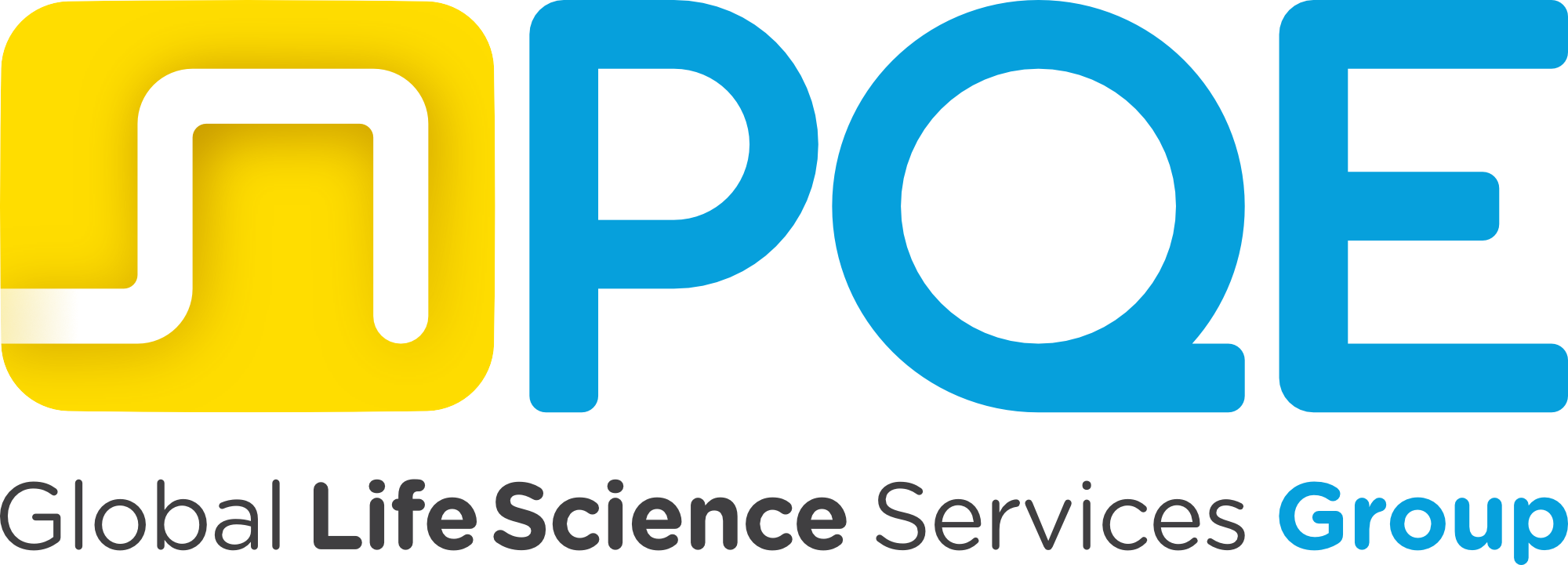Thanks to a vast geographical coverage we can support your company in executing audits in a timely and efficient manner, allowing virtual activities to cut costs when on site visits are not allowed.
Visit our audits page to know more or to contact us, and find the most suitable solution for your company.
Connect with us




